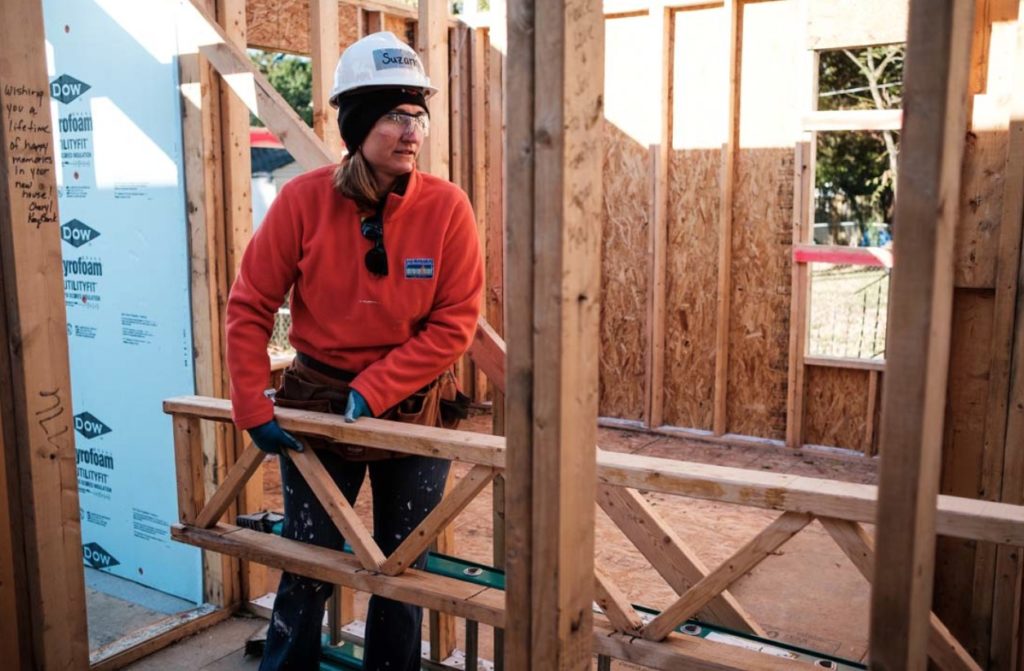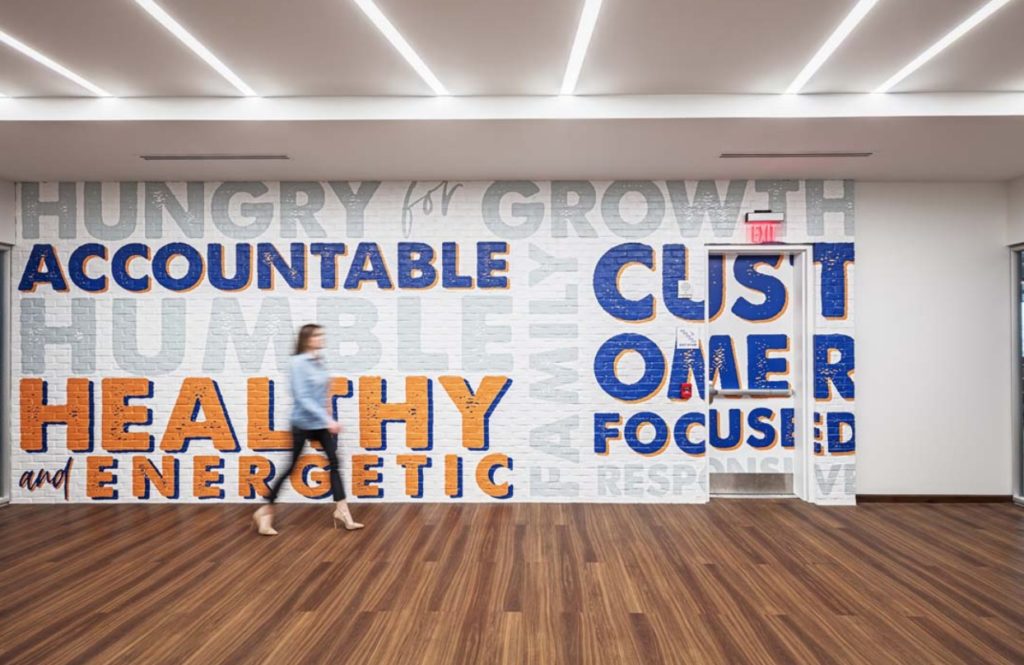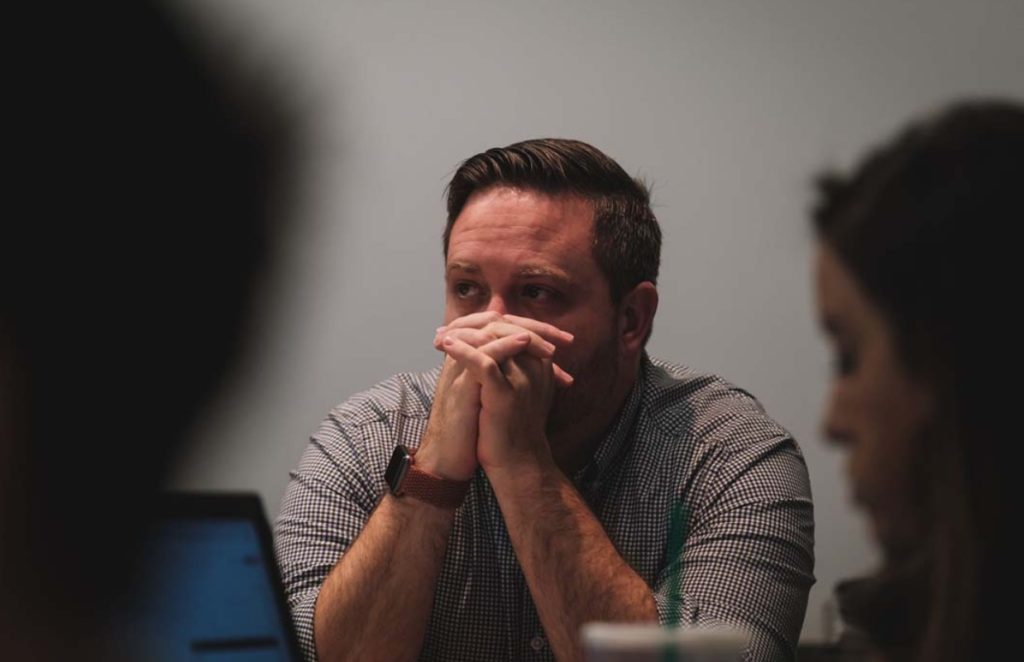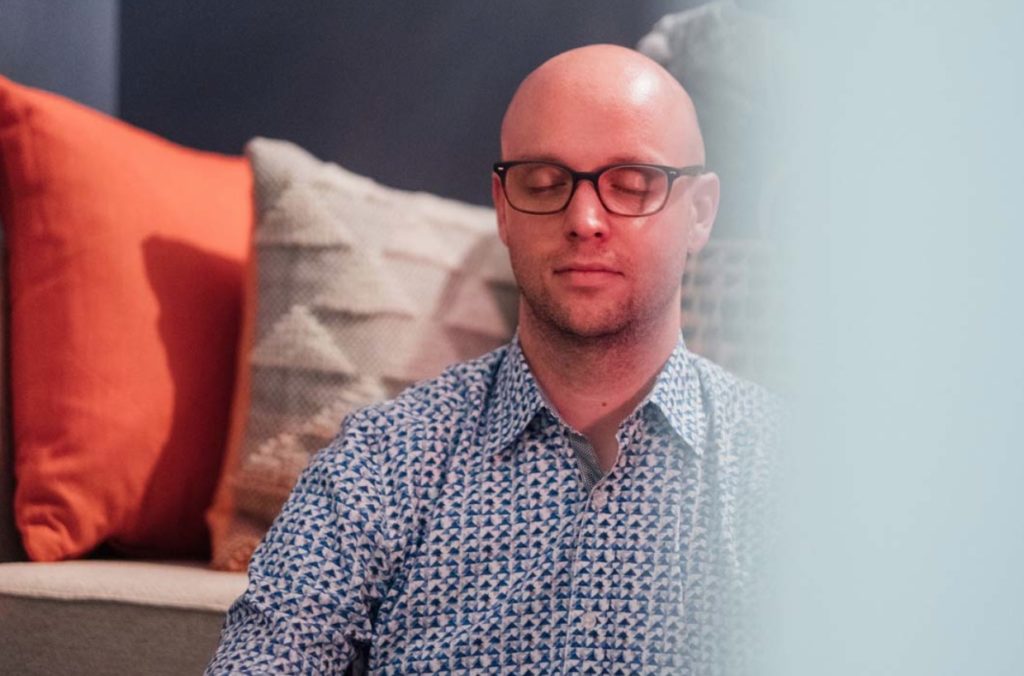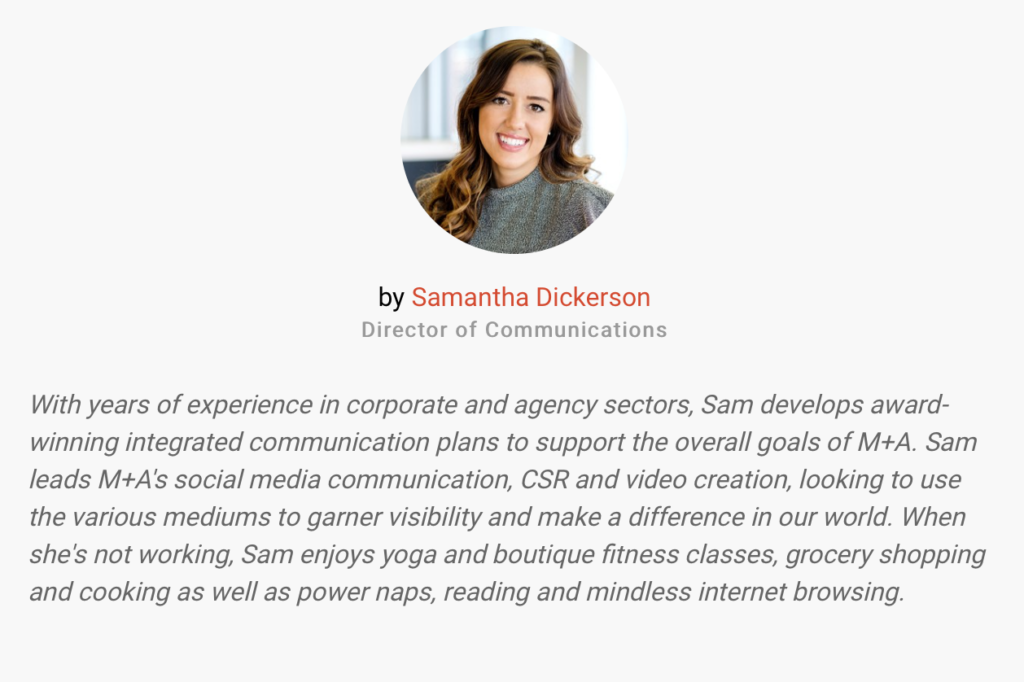Member Insights by Samantha Dickerson, Director of Communications: M+A Architects
This is our call to humanity.
2020 is the year of clear vision, the year we see the changes that need to be made, the challenges that lie ahead, and the potential that is within each of us to make that happen.
Your consumer is going to become a different version of themselves. This transformation has led to new drivers and needs, which means the things you’ve done can not continue to be the things you do if you want your company to be progressive, innovative, and, of course, successful.
It means you’re going to have to expand, not contract, to the changing climate. Understanding life begins at the end of your comfort zone makes your brand’s potential limitless if you embrace the fears you might have about the unknown.
We’re equipped with the behavioral psychology data and futurist forecasting to help you meet and understand your consumer now, so you can be prepared for what’s next.
Your Consumer Wants to Relate to Your Company’s DNA
Your future consumer cares – not in a way of just talking about things anymore, but driven by action and drawn to others that share this sentiment. Consumers will choose to invest in the brands that they find their identity in. Corporate and Social Responsibility is the way to identify just that, 2020 has been a year that shook things up so much, it brought to light the things that need our attention – confronting the changes that must be made and recognizing our responsibility in action. Set your company up for success by identifying the actionable ways you plan to confront change, starting with those efforts that most align with your organization’s core values. Stand for something, or stand to fall behind those who promote activism as their driver.
Warning: Emotional Contagion is Spreading
Emotional contagion is defined as people mimicking the feelings of those around them. These feelings are being transmitted rapidly on a global scale through digital and social media platforms at a rapid pace as our speed of connectivity in this digital age rises. Consider this – a meme could create global laughter, while a video of social injustice creates global outrage and protest for justice. Business owners can expect this to only become more common, and more important to consider when creating content to relate to their consumers.
One of the earliest examples of this concept can now be considered the communal laugh track. When a laugh track plays during a television show that could otherwise be perceived as “bad”, more people are likely to laugh. Think “America’s Funniest Home” videos, where the laugh track allows permission and direction for emotional processing so that the misfortune of others can be perceived as light-hearted comedy. This early emotional contagion encourages groupthink and directional acceptance, expedited in today’s world with the advent and access to connectivity through social media.
For brands, this means creating messaging that will spread the emotions you most want your consumers to experience. Use elements like Experiential Design within your space to create low touch, high impact spaces that create a meaningful experience, centered around your story, for your consumer, spreading the emotions you most want to share.
Fear Factor
Fear is not only a global unifier in the wake of 2020 – it has become a demographic unifier as well. Though the ways consumer fear presents itself is different for each generation, the sentiment is shared across all ages, with the two greatest commonalities being environmental fear and financial uncertainty.
In a report by the US Federal Reserve, 40% of adults in the US said they wouldn’t be able to cover an unexpected $400 expense. Perhaps the most concerning statistic are that one in four adults fear they’ll “carry their debt to their grave”. A 2019 climate survey found 90% of global respondents said the thought of the climate crisis made them feel uneasy about their future, with eco-anxiety – a chronic feeling of worry about the impact of global warming – a rising concept. With these fears considered, and more induced from the year, it’s a factor about consumer’s mentalities that successful brands must recognize, address, and potentially help alleviate.
2020 presented challenges to all, leaving no industry, or individual, untouched. Behavioral psychologists anticipated the rise of Post-Traumatic Stress Disorder (PTSD) symptoms, with up to 70% of people reporting COVID alone having an impact on their mental health. Having survived the year, and the stress associated with it, psychological studies demonstrate consumers may be more willing to accept minimal losses today if it means avoiding larger losses later. This avoidant behavior is a symptom of anxiety and in the case of risk/reward may actually benefit individuals with respect to decision making.
Business owners can best consider this, communicating the value of their investment in choosing to purchase from your brand, as well as demonstrating the ROI – return on investment – and the ways that their purchase matters – ie. supporting local, charitable giveback components, environmental awareness, and action. Many people, generationally, are in their infancy with their understanding of financial wellness and mental wellbeing, which provides an opportunity to create brand loyalty by educating consumers on it. In doing so, these brands also benefit from the component of allowing ways for their consumers to upskill themselves to be better prepared coming out of the pandemic, and that perceived help will create deeply rooted brand loyalty.
Time-Fluid Society + Resiliency
In times of unknown and unrest, human nature craves comfort through predictability and routine. It’s during uncertain times that mental health experts most recommend finding routine, yet, in 2020 it seems the world is trending in quite the opposite direction. With people working from home/living from work, and the rise of accessibility to 24-hour conveniences, the result is a time-fluid society. Long gone are the days of a 9 to 5, with packed highway lanes at 8 AM and families having dinner at six. However, this is an opportunity for brands to meet their consumer’s in this reality, capitalizing on the opportunity to connect with smaller groups more frequently throughout the day. 24-hour food delivery, same-day shipping, and flexible offices mean that timelines are transitional, engaging with consumers through different “Pop Up” concepts throughout the day, creating surprise and delight – two sentiments that will serve as drivers for the 2022 consumer.
According to an article from the international trend forecasting tool WGSN, “In today’s climate of uncertainty and acceleration, it’s little surprise that resilience – the ability to resist, absorb, recover and adapt successfully to adversity or a change in conditions – is quickly becoming an emotional priority.”
This resiliency in a time-fluid society can actually evolve into a benefit, allowing people to follow their intuition more, pursuing innovation, and shedding expectations. Consumers can eat when they’re hungry, shop when it’s convenient, and make purchasing decisions on their own time in a more meaningful way.
Coping Can be An All Together Activity
You have to feel to heal, and this year has given us opportunities to do both. To move through these emotions requires a level of self-awareness, and coping skills, focusing on managing the physical, emotional, and behavioral effects of fear. While coping is an individual experience, support can be a key to your brand’s identity, creating a high level of customer satisfaction and brand loyalty. Concepts like social support, mindfulness, stress management techniques, and health are the four crucial elements for consideration in healthy coping. Brands that have spaces and amenities that address these four areas can best support their consumer, creating a space for change and the resources they most need to feel supported and understood.
Concepts like the Respite Room can provide spaces for relief, and the overall design principles of your company’s building can create feelings and associations of a “safe space” when done properly.
At M+A, one of our seven core values is “stronger together”, a notion we emulate through everything we say, and everything we do. The juxtaposition of comfort and change creates an opportunity to band together as we move through this time, coming out stronger than before, and capable of even more than we ever realized.
The brands that can show up for their consumers in their greatest time of need, making them feel heard, and supported, will be the ones that remain the most successful, positioning themselves as true partners and ensuring longevity in that relationship.
We Will Survive…
We will survive. And when we do, it will be the brands that showed up, staying hopeful, remaining helpful, and embracing resiliency that will be the most successful of all. Building lasting resiliency, as an individual, or an organization comes from confronting challenges head-on. As your company looks at the challenges of 2020 as opportunities, your customers will look to emotional acceptance and gravitate towards dedicating time to feel.
It doesn’t mean being happy all of the time – in fact, that concept is being coined “forced positivity”. It’s looking a challenge in the face and knowing that despite it all, you won’t give up. In fact, studies have found that people who embrace negative emotions have better negotiation and decision-making skills, greater wealth, lower risk of heart attack, longer lives overall, and even happier marriages.
It’s about being realistic and honest, yet still hopeful, about the ways being uncomfortable can elevate your brand, bringing a better experience to your customers in a way you might not have ever been naturally driven to explore. Again, it’s about recognizing that the life of your brand begins at the end of your comfort zone.
Let’s make this into something great.
